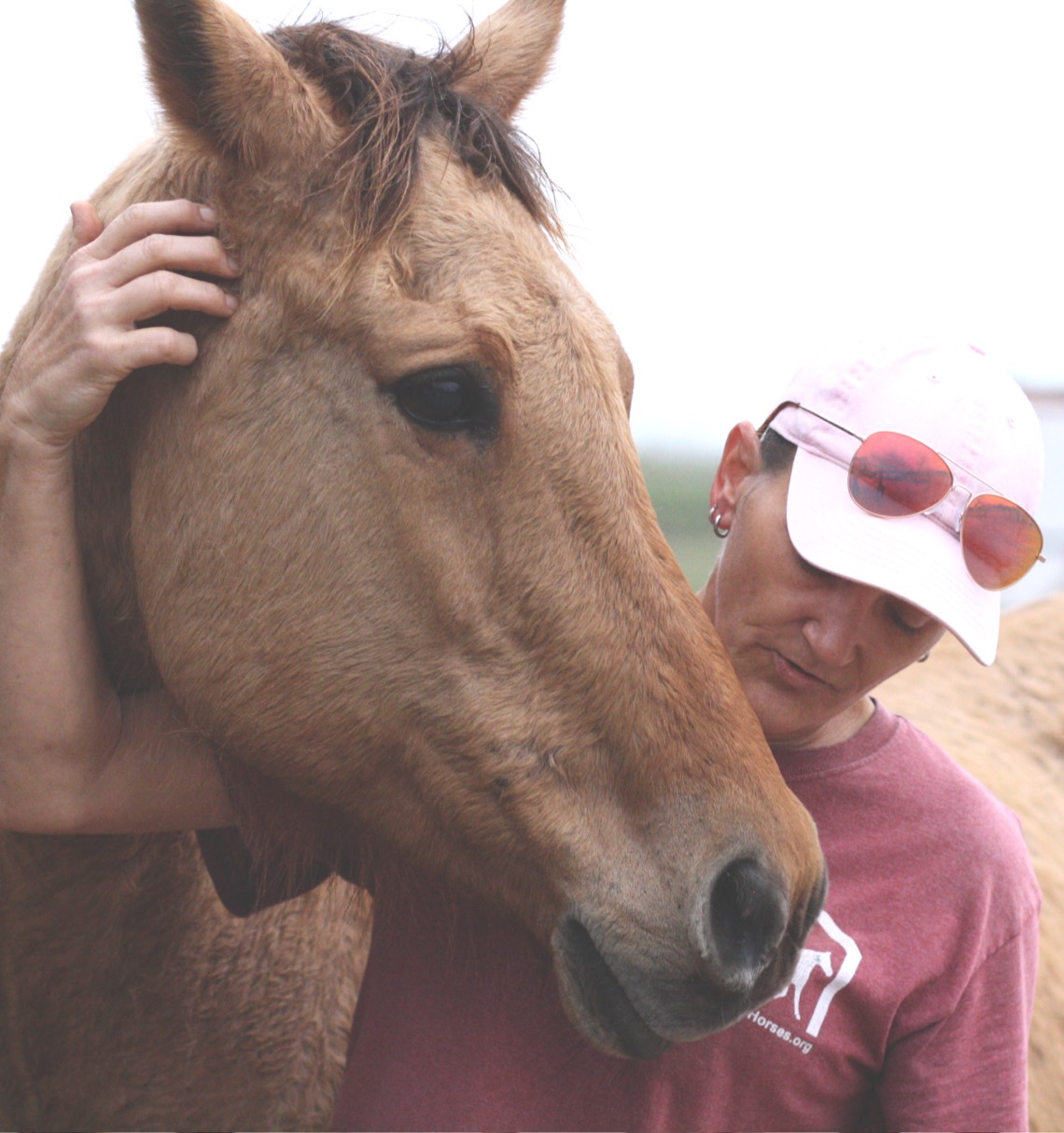Why the long face? Traditional stables make horses depressed
Most horse owners know that horses are social creatures. They live in herds and enjoy roaming the countryside while communing with other horses. Just going from stall to empty pasture is not good enough. A companion animal for your horse is a wonderful idea – keeps them happy and safer. Habitat for Horses has burros that are simply perfect as a companion to your horse. Call us to set up an appointment to come out to ranch, visit with them and adopt one. Our office hours are 8:00am – 4:00pm CDT Monday – Friday, our phone number is 409-935-0277. ~ HfH
From: The Telegraph
By: Sarah Knapton
A cosy and safe stall, packed with hay might seem like an ideal equine home – not to mention an adequate birthplace for the Son of God – but researchers have found that horses do not like being on their own and become stressed when kept in isolation.
Traditionally stables are divided into single units of around 25ft to 42ft squared where animals often cannot see their neighbours in adjacent stalls.
Scientists discovered that horses who were housed individually with little or no contact with other animals showed significant signs of stress.
Kelly Yarnell, an expert in equine welfare at Nottingham Trent University said: “To the human eye the stable appears safe and inviting and is based on the belief of what the horse finds comfortable.
“However, for a social animal that spends most of its time in close contact with other horses, the isolation brought about by single housing could activate an equine stress response.
“Inadequate housing design potentially causes stress and negative consequences on the health and wellbeing of horses – despite the fact it can be easily addressed by introducing more windows or shared areas for instance.
“Group housing provides horses with an environment where they are able to display natural behaviour, and contact with other horses improves overall welfare.”
In the closing chapters of Black Beauty, the titular horse reminisces about being back in the ‘orchard at Birtwick, standing with my old friends under the apple-trees.’
And it appears that Anna Sewell was right to realise that horses need company and space as much as humans.
Researchers measured levels of the animal stress hormone corticosterone in horses who were kept in a variety of different environments, ranging from traditional single stalls to communal paddocks.
They found that the animals became more stressed and increasingly difficult to handle the more isolated they became. Significant levels of stress has been shown to lead to disease.
In the wild, horses form harem bands that are typically comprised of mares and their foals, yearlings and one stallion. They roam areas of up to 30 square miles.

